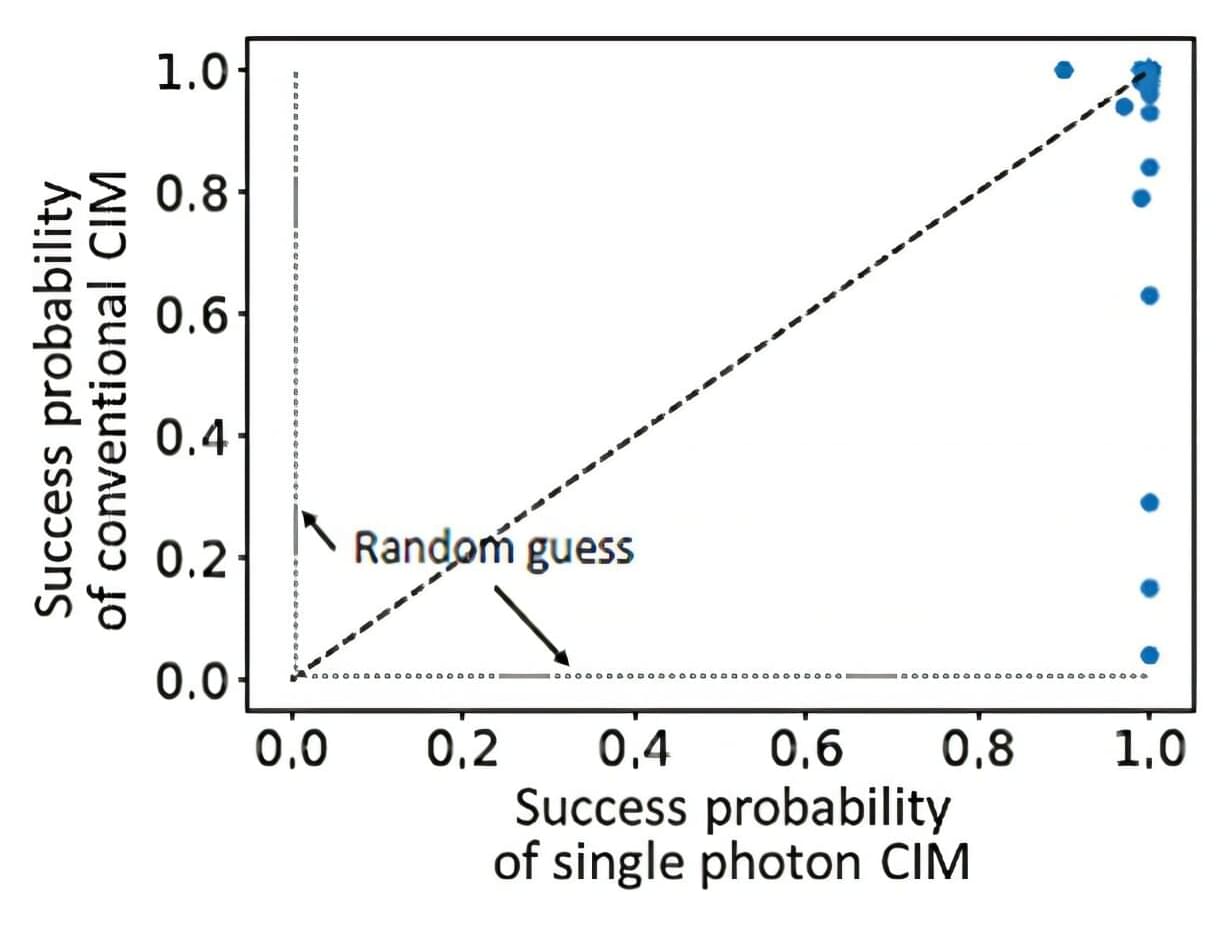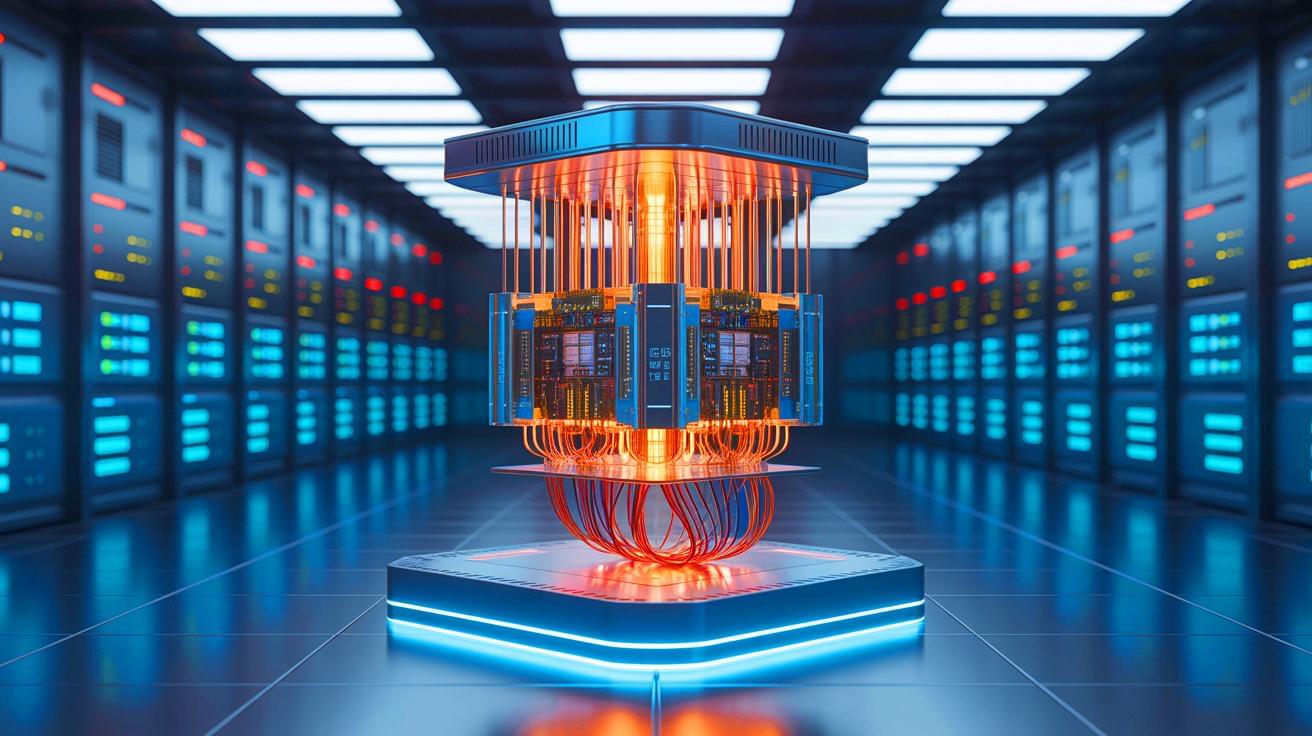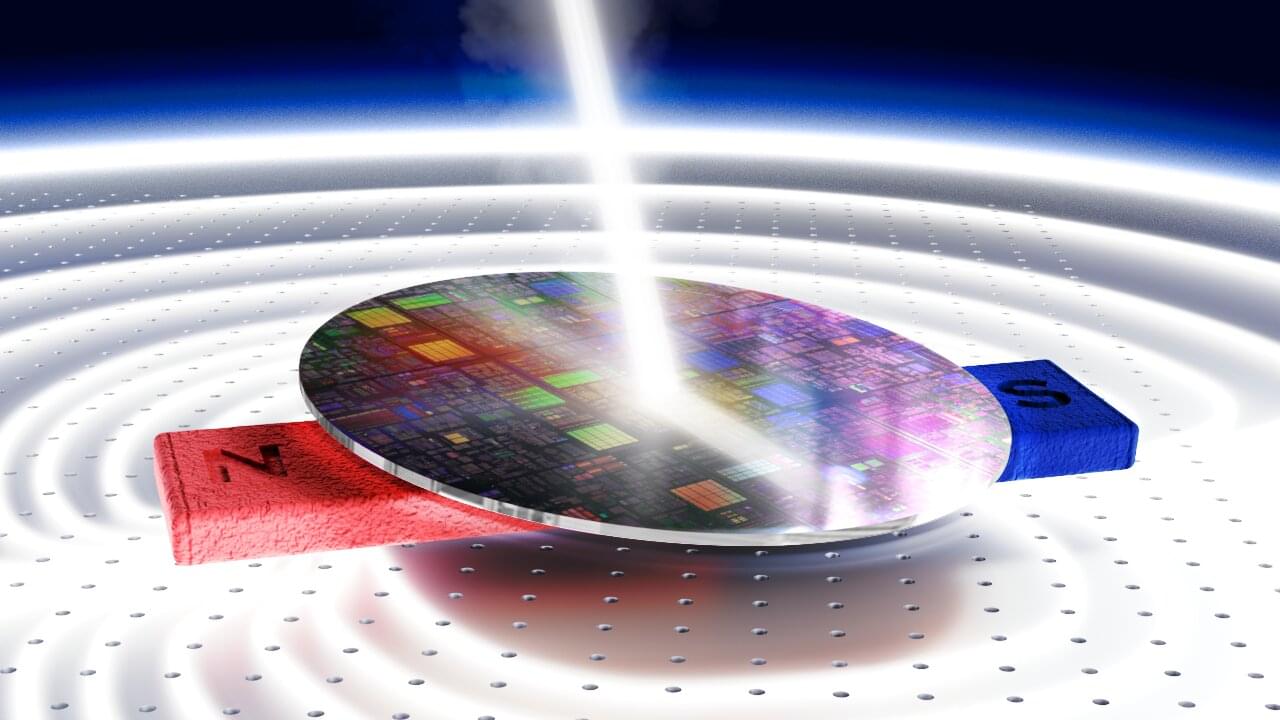The Graduate School of Information Science (GSIS) at Tohoku University, together with the Physics and Informatics (PHI) Lab at NTT Research, Inc., have jointly published a paper in the journal Quantum Science and Technology. The study involved studying a combinatorial clustering problem, a representative task in unsupervised machine learning.
Together, the two institutions are researching methods to bring to life a large-scale CIM simulation platform using conventional high-performance computing (HPC). This large-scale CIM will be critical to enabling cyber CIMs that will be widely accessible for solving hard NP, NP-complete and NP-hard problems.
The collaboration kicked off in 2023 with Hiroaki Kobayashi, Professor at the GSIS at Tohoku University, acting as the principal investigator for the joint research agreement (JRA), with PHI Lab Director Yoshihisa Yamamoto joining as the NTT Research counterpart to Kobayashi.








